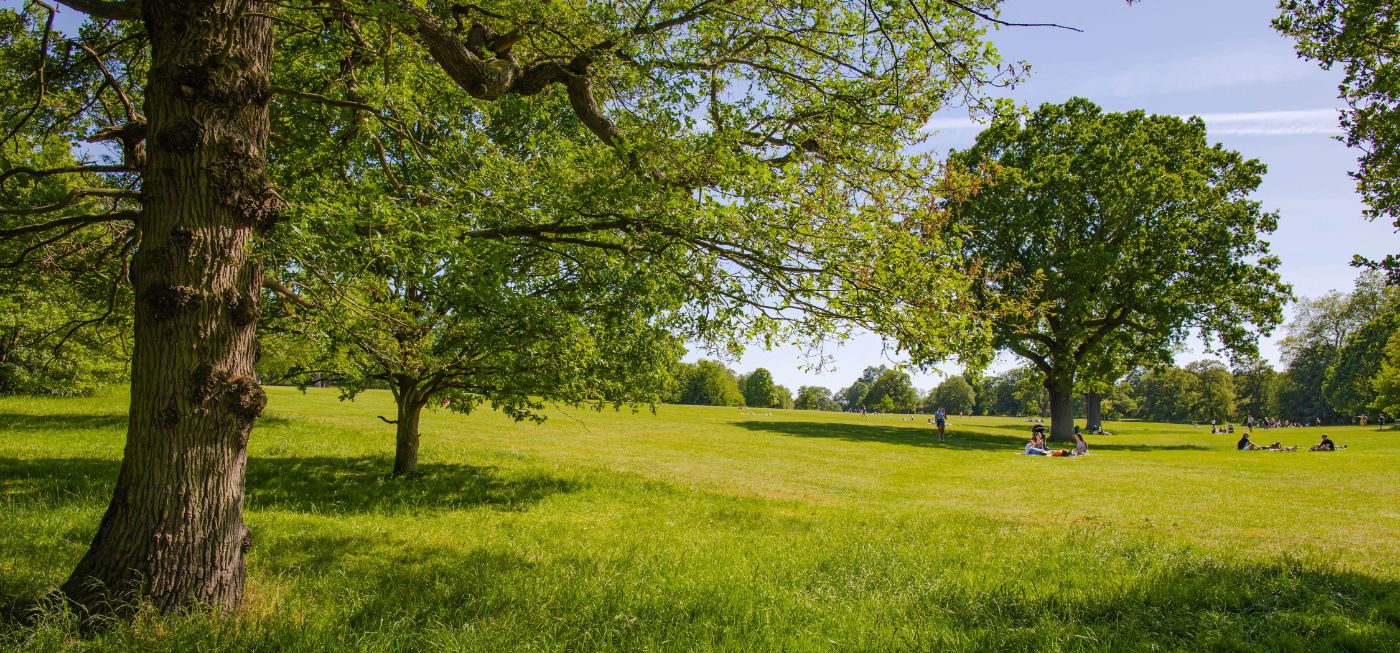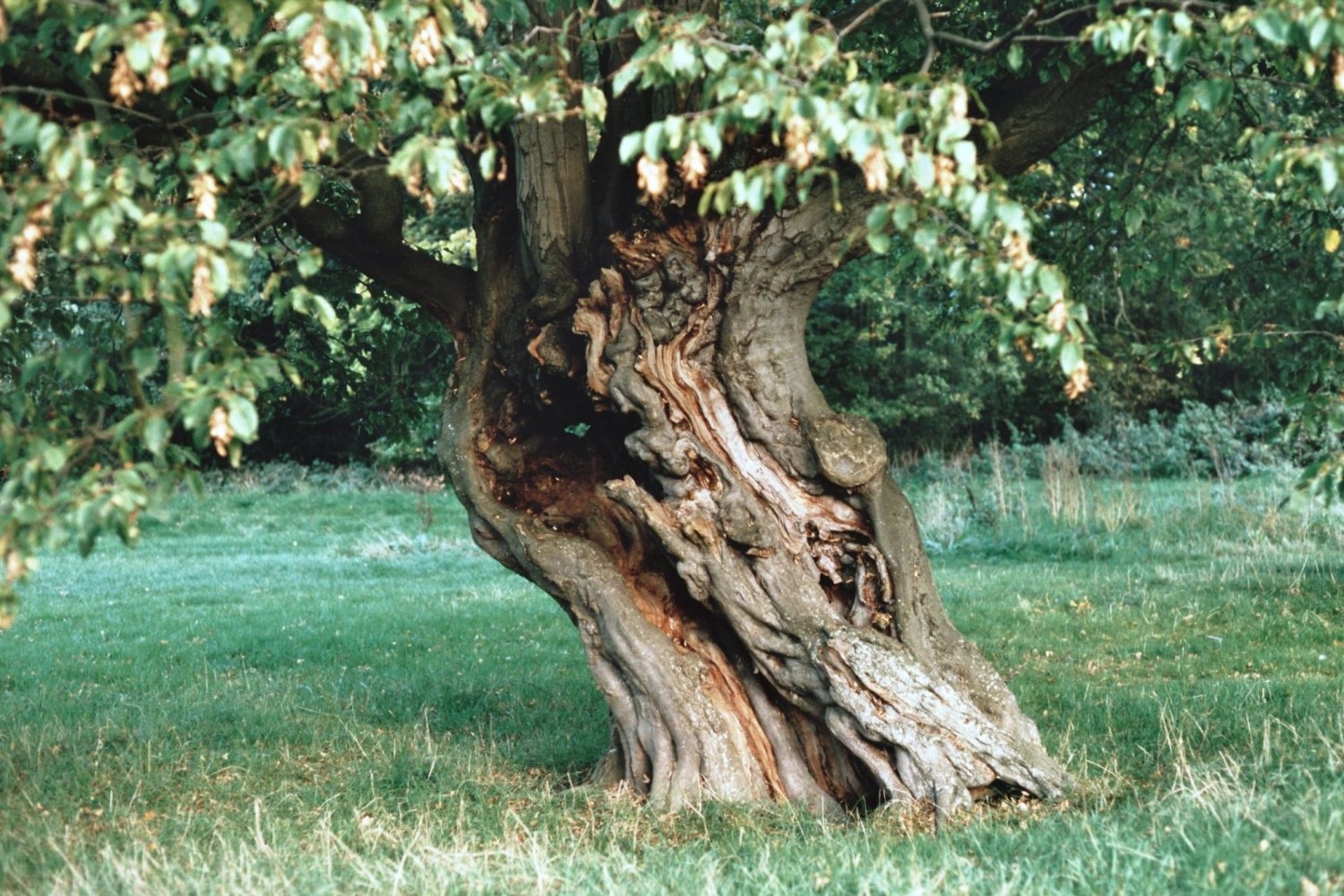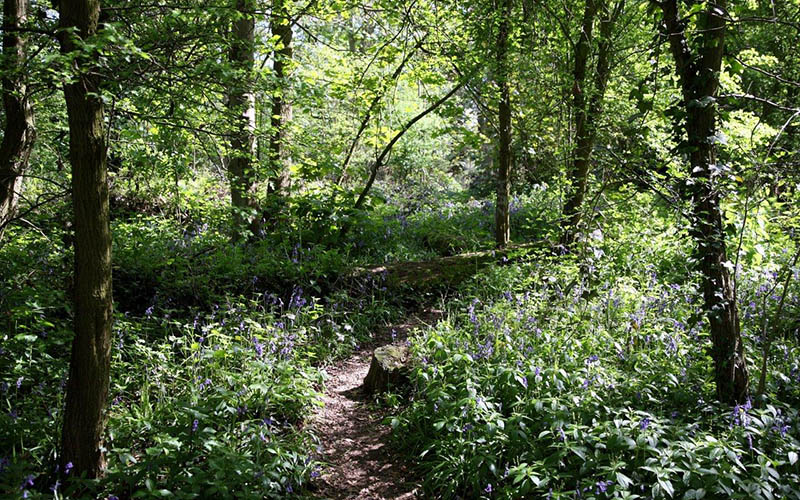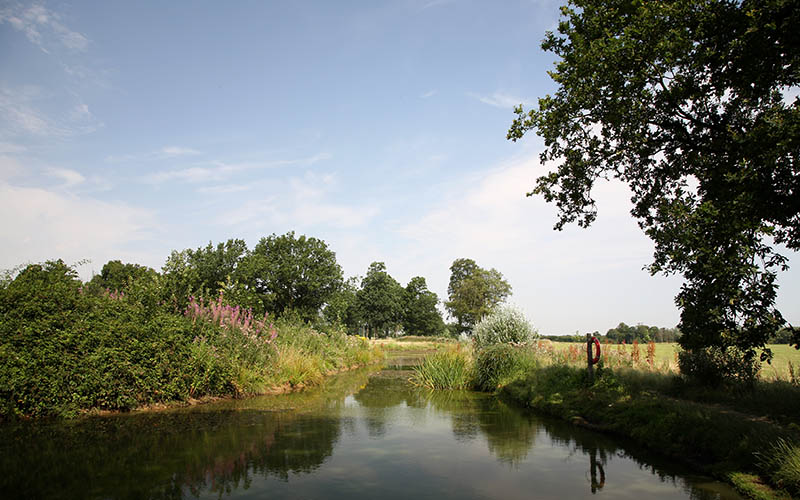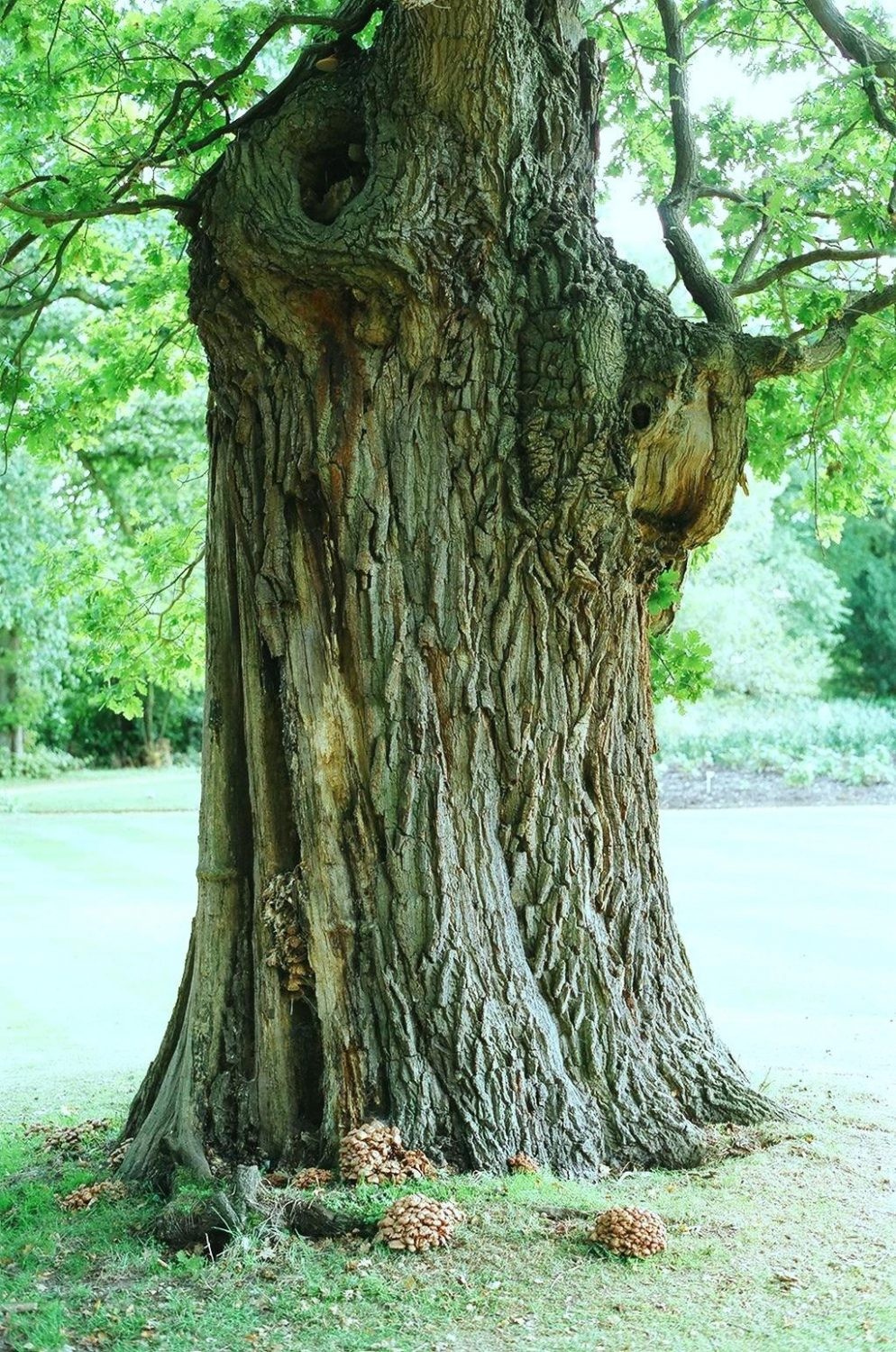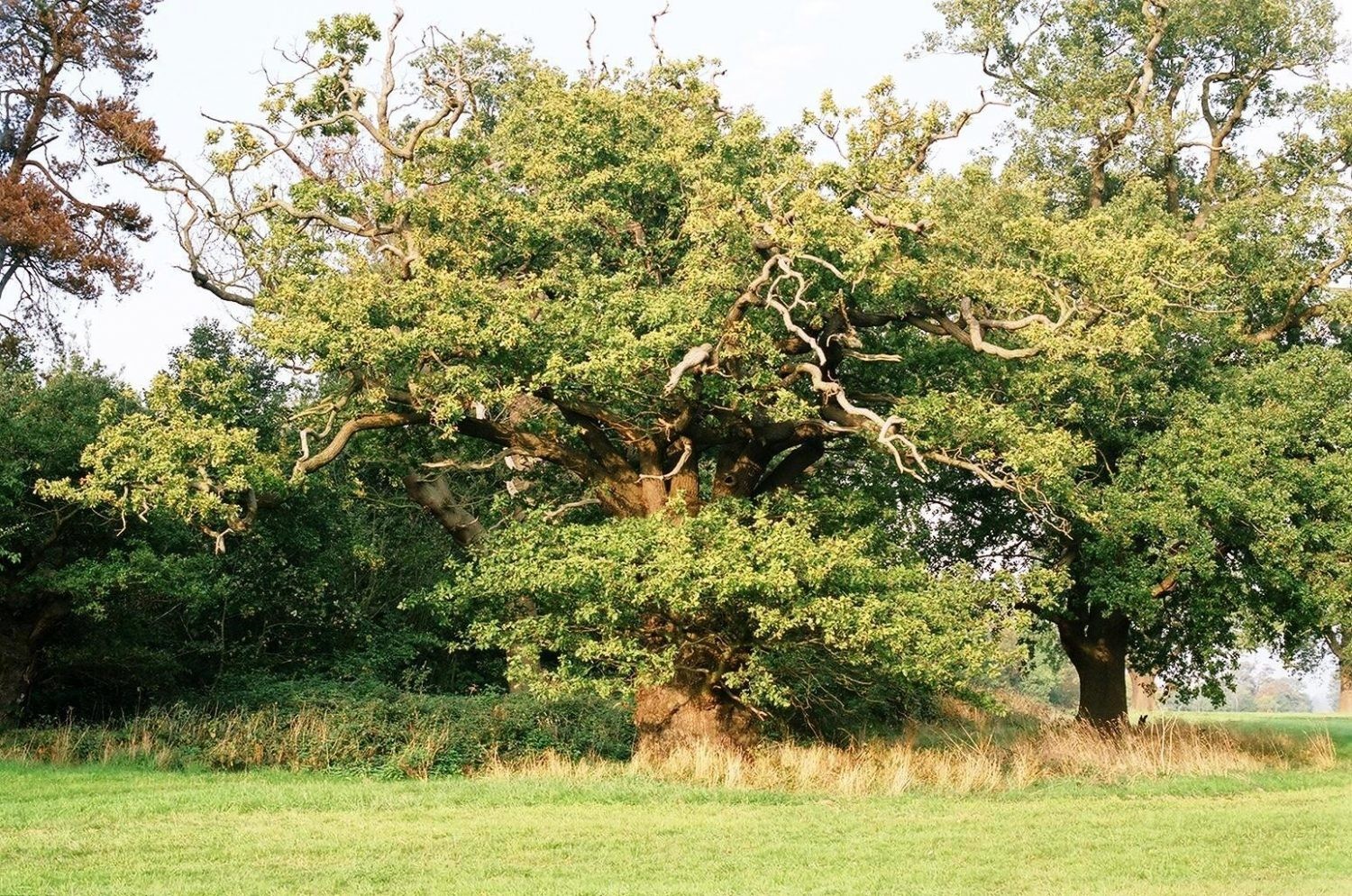Woodland and tree habitats
There is an increasing awareness of the importance of wood pasture sites, like Hylands, and the contribution mature and ancient trees make in enriching flora and fauna habitats. Parts of Hylands Estate are known to have been within the ancient Royal Forest of Writtle boundary. South Wood is the most significant of the woods covering over 30 acres (12 hectares). The park’s coppiced trees (coppicing is where trees are cut to ground level to produce numerous new shoots) also point towards ancient managed woodland. Likewise, Tower and Lower Belts appear to be former remnants of ancient woods.
Plants including Primrose, Bluebell, Wood Anemone, Early Purple Orchid, Wild Service Tree, Gladdon, Spurge Laurel, Twayblade and Pendulous Sedge can be found within the estate. Hylands has a large number of both native and introduced trees. Standard Oak trees dominate, with a few pollarded trees (cut above ground level to prevent animal grazing regrowth), indicating Hylands’ origins as a landscaped park. There are also veteran Ash, Hornbeam, Horse Chestnut, Lime (some with Mistletoe), Plane and Sycamore trees.
Water filled tree holes are a feature of mature trees and another important habitat. Horse Chestnut tree holes are a good site for invertebrates and in particular, a likely habitat for the rare Golden Hoverfly recorded at Hylands. At Hylands piles of dead and decaying wood are deliberately left to rot. This practice encourages numerous invertebrates (beetles, flies), fungi and micro organisms.

